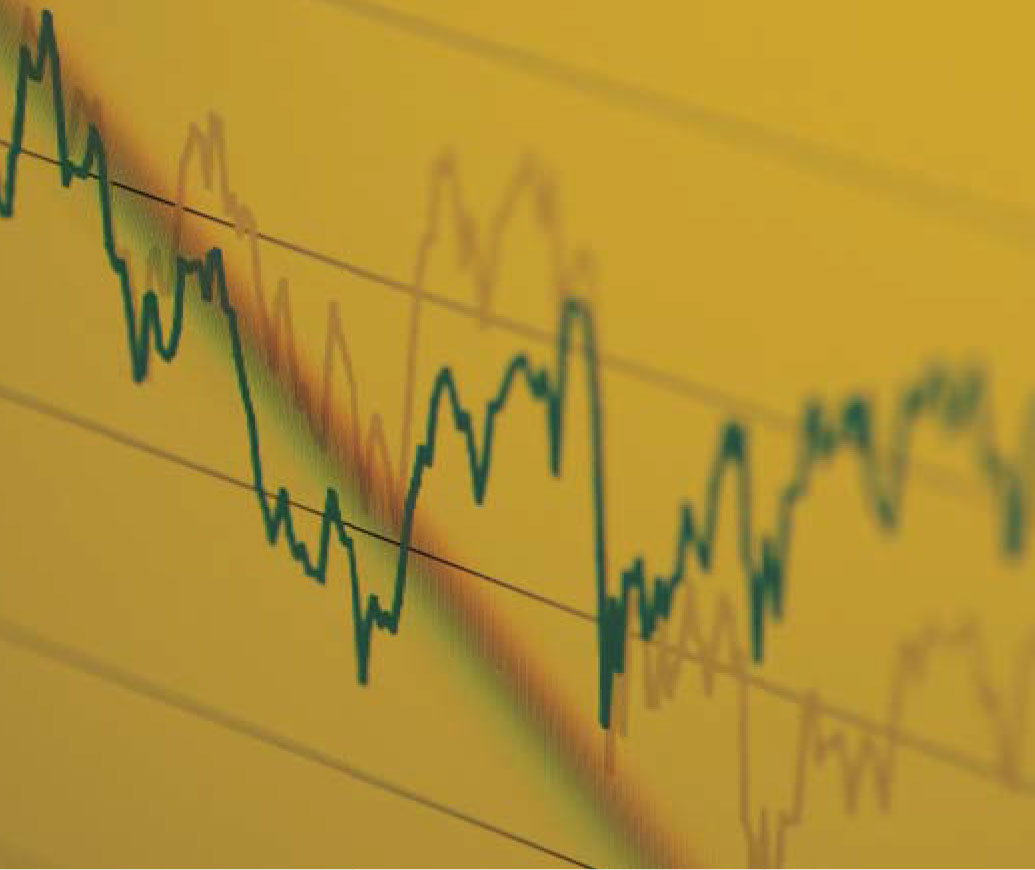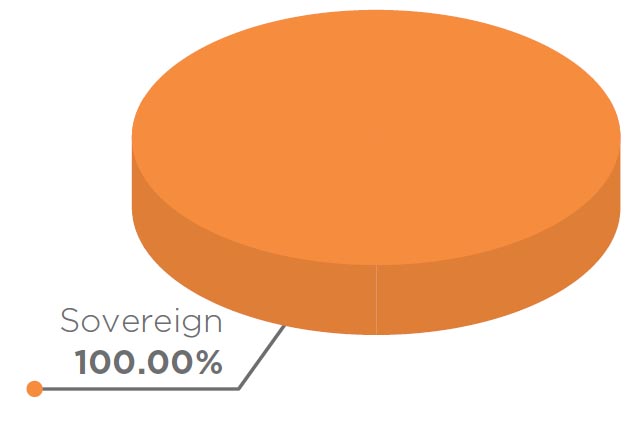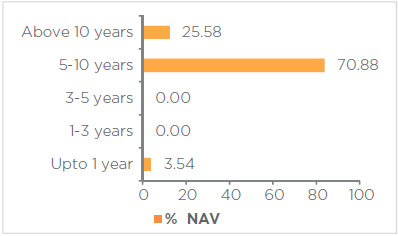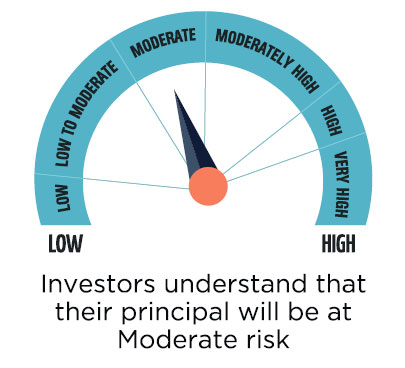IDFC GOVERNMENT SECURITIES FUND - CONSTANT MATURITY PLAN
(Previously known as IDFC Government Securities Fund Short Term Plan ) An open ended debt scheme investing in government securities having a constant maturity of 10 years

IDFC GOVERNMENT SECURITIES FUND - CONSTANT MATURITY PLAN
(Previously known as IDFC Government Securities Fund Short Term Plan ) An open ended debt scheme investing in government securities having a constant maturity of 10 years
The fund is a mix of government bonds, state development loans (SDLs), treasury bills and/or cash management bills. The fund will predominantly have an average maturity of around 10 years.
OUTLOOK
• If the factors supporting India’s cyclical rebound come to fruition, a lot
of macro-economic headaches feared at the beginning of the year will
ease. Thus some of the fiscal inflexibilities and associated risks of
sovereign rating downgrades will abate, the external account will build
even further buffers as capital flows remain strong, and hopefully India’s
appeal will percolate to global fixed income investors as well.
• Monetary policy will gradually move from the level of emergency level
accommodation today to one of still high accommodation. This will
likely be a slow process and will involve more discretionary adjustments
to the price of liquidity rather than the quantity of it.
• Yield curves will gradually bear flatten. It is very likely that the bulk of
this adjustment will be made by the very front end rates. This is not to
say that long end rates won’t have to adjust. Rather, the quantum of
adjustment there may be of a relatively smaller magnitude when
compared with rates at the very front end.
• The starting point today is one of a very steep yield curve. Thus unlike in
normal times when the yield curve is quite flat, the decision on duration
isn’t a binary one any more. Rather, one has to examine the steepness of
the curve and position at points where the carry adjusted for duration
seems to be the most optimal.
• Credit spreads, including on lower rated assets, have compressed
meaningfully. These reflect the chase for ‘carry’ in an environment of
abundant liquidity and funds flow, as well as the relatively muted supply
of paper as companies have belt tightened and focused on cash
generation. As activity resumes over the year ahead, issuances will likely
increase thereby pressuring spreads to rise.
ASSET QUALITY

FUND FEATURES: (Data as on 31st December'20)
Category: Gilt Fund with 10 year
constant duration
Monthly Avg AUM: Rs352.60 Crores
Inception Date: 9th March 2002
Fund Manager:
Mr. Harshal Joshi
(w.e.f. 15th May 2017)
Standard Deviation (Annualized): 4.14%
Modified duration: 6.55 years
Average Maturity: 9.19 years
Macaulay Duration: 6.75 years
Yield to Maturity: 6.06%
Benchmark: CRISIL 10 year Gilt Index
(w.e.f. 28th May 2018)
Minimum Investment Amount: Rs5,000/- and any amount thereafter.
Exit Load: Nil
Options Available: Growth & Dividend
Option - Quarterly, Half yearly, Annual,
Regular and Periodic (each with payout,
reinvestment and sweep facility).
Maturity Bucket:

| PORTFOLIO | (31 December 2020) |
| Name | Rating | Total (%) |
| Government Bond | 96.46% | |
| 7.26% - 2029 G-Sec | SOV | 68.61% |
| 6.19% - 2034 G-Sec | SOV | 15.27% |
| 6.68% - 2031 G-Sec | SOV | 8.72% |
| 7.73% - 2034 G-Sec | SOV | 1.58% |
| 5.77% - 2030 G-Sec | SOV | 1.38% |
| 6.79% - 2027 G-Sec | SOV | 0.59% |
| 7.17% - 2028 G-Sec | SOV | 0.30% |
| Net Cash and Cash Equivalent | 3.54% | |
| Grand Total | 100.00% |
RISKOMETER

This product is suitable for investors who are seeking*:
• To generate optimal returns over long term
• Investments in Government Securities such that the average
maturity of the portfolio is around 10 years
*Investors should consult their financial advisors if in doubt about
whether the product is suitable for them.
Gsec/SDL yields have been annualized wherever applicable
MUTUAL FUND INVESTMENTS ARE SUBJECT TO MARKET RISKS, READ ALL SCHEME RELATED DOCUMENTS CAREFULLY.
 | Contact your Financial Advisor |
 | Call toll free 1800-2-6666-88 |
 Contact your Financial Advisor |  Call toll free 1800-2-6666-88 |
 Invest online at www.idfcmf.com |  www.facebook.com/idfcamc |
 @IDFCMF | |

